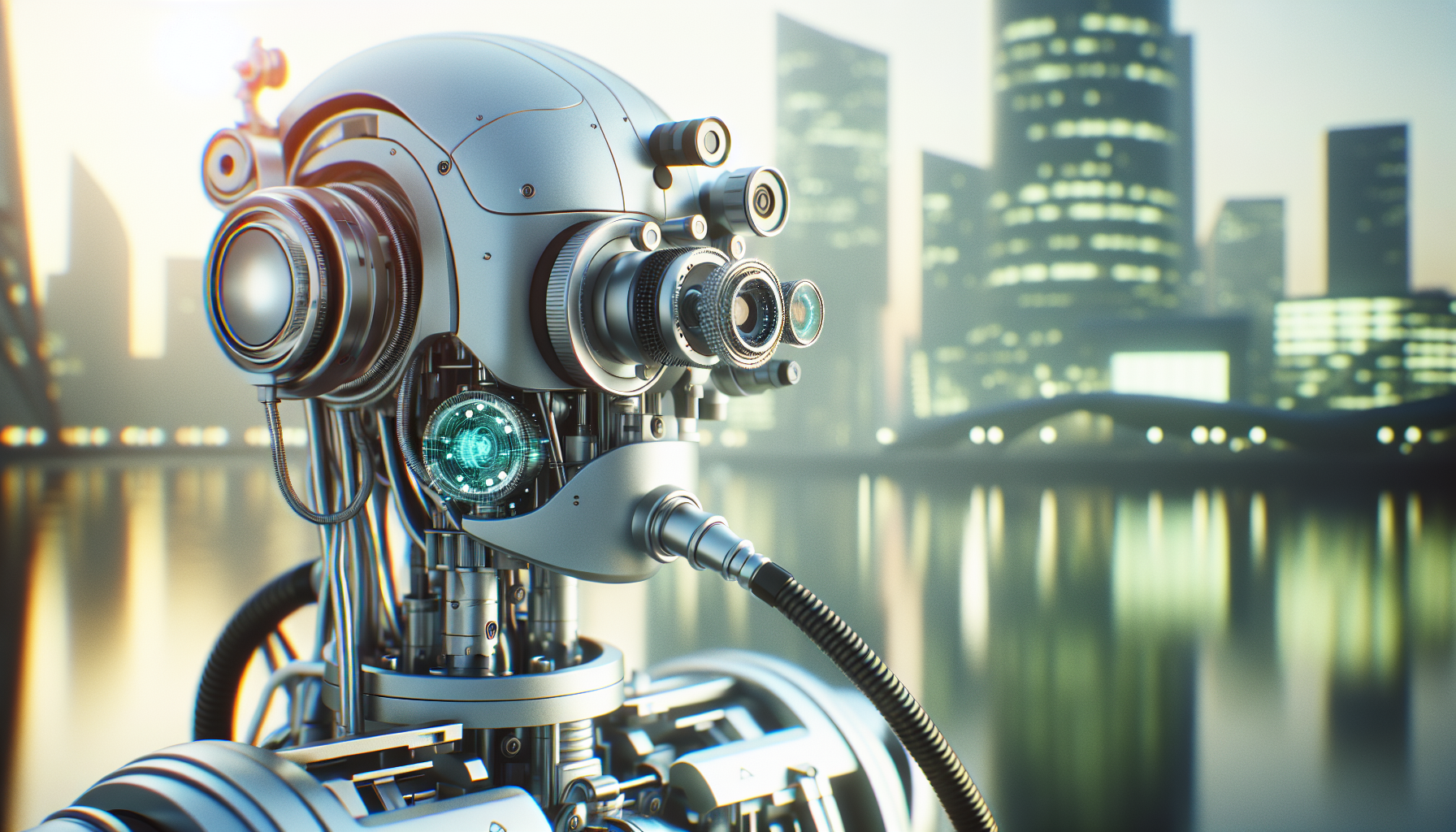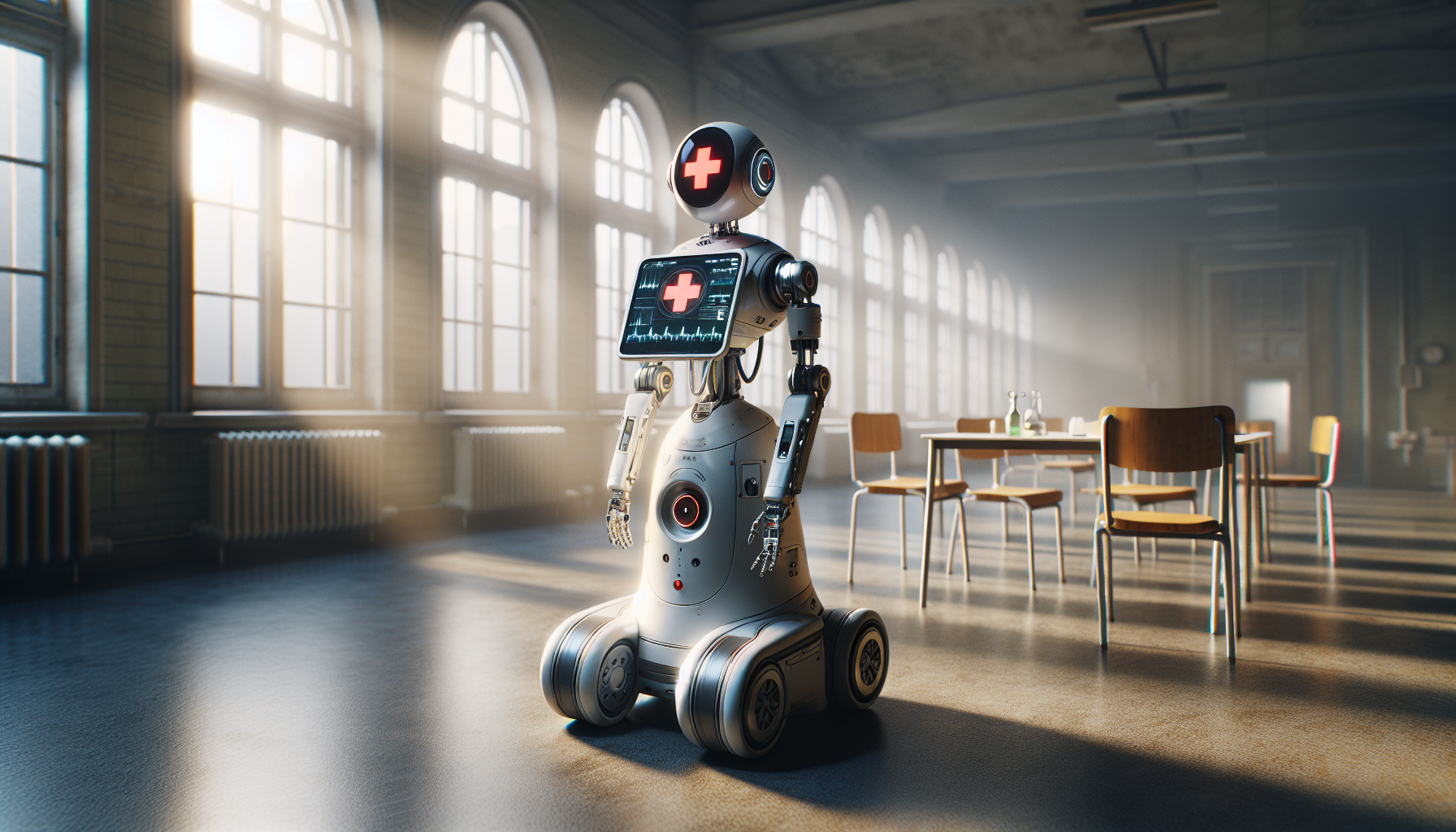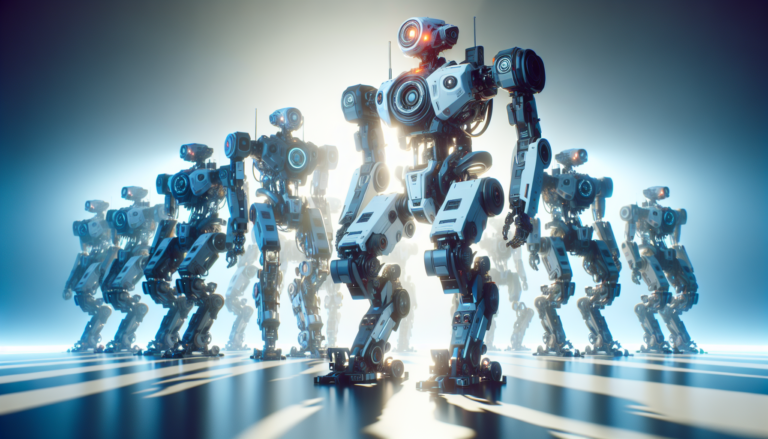Definition and typology of medical robots
The advent of robotics in healthcare has opened up immense possibilities for improving medical care and surgery. These technologies, known as medical robots, are mechanical devices or computer systems capable of performing complex actions with high precision, often under the supervision or direct control of qualified medical personnel.
But what are the different types of medical robots currently in use in the healthcare sector? We will explore this question in the following article.
To begin, let’s look at the very definition of a medical robot. This term refers to a machine that is programmed to perform a variety of medical tasks, such as surgery, disease screening, rehabilitation, or assistance to the elderly or disabled. These machines can vary widely in complexity and autonomy.
Types of medical robots
The typology of medical robots is vast and diverse, reflecting the multiple applications of this technology in the health field. Here are some of the most common types:
- Surgical robots : They allow surgical operations to be carried out with unparalleled precision. Famous examples include the robot da Vinci, which assists surgeons with minimally invasive procedures.
- Rehabilitation robots : Intended to help patients recover their motor skills after an accident or illness, these robots accompany and facilitate physiotherapy.
- Telemedicine robots : They offer remote consultations with doctors, thus allowing access to care in remote areas or for patients with reduced mobility.
- Disinfection robots : Essential, especially during a pandemic, these robots use UV or sprays to effectively disinfect hospital surfaces.
- Assistance robots : These robots help healthcare workers transport heavy equipment or handle patients, thereby reducing the risk of injuries due to physical exertion.
- Pet robots : They are used to improve the emotional well-being of patients, especially in the elderly or those suffering from mental illnesses.
In short, medical robots represent a major advance for the world of health. With the continued advancement of AI technology and control systems, we can expect significant improvements in surgical precision, rehabilitation and overall quality of patient care.
Applications and advantages of robots in medicine

Medicine has always been a field at the forefront of technical and technological innovation. The use of robots in medicine, often referred to as medical robotics, is a significant advance that transforms the way care is delivered.
These highly sophisticated tools expand the capabilities of medical staff and provide new possibilities for improving the quality of care, reducing risks for patients and optimizing hospital procedures.
Applications of robots in medicine
Medical robotics can be grouped into several key applications, which are both diverse and growing:
- Robot-assisted surgery: Probably the best-known application of robotics in medicine. Systems such as da Vinci enable surgeons to perform complex procedures with greater precision and control.
- Rehabilitation: Therapeutic robots assist patients in rehabilitation following a stroke or injury. Example: motorized exoskeletons that help the lower and upper limbs work.
- Diagnostics: Some robots can autonomously navigate the hospital and collect vital data from patients or help perform medical imaging scans with precision.
- Pharmaceutical: In hospital pharmacies, robots can manage inventory, dispense medications and ensure the traceability of prescriptions.
- Assistance for the elderly or disabled: The use of robots to help people requiring daily assistance opens up prospects in the field of autonomy and home support.
Advantages of robots in medicine
The advantages of using robots in medicine are clear for both medical staff and patients:
- Increased precision of surgical procedures and reduced risk of human error.
- Reduction in the duration of hospitalization thanks to less invasive interventions and faster rehabilitation.
- Improved clinical results and increased patient comfort by limiting the size of incisions, thereby reducing pain and post-operative scars.
- Maximizing healthcare productivity by allowing professionals to focus on more strategic tasks and delegating repetitive and time-consuming tasks to robots.
- Providing 24/7 support, which can be essential in critical care environments like intensive care units.
In conclusion, medical robotics represents a revolution in the way health care is designed and delivered. Safety, efficiency and precision are improved, which benefits the entire health system. As technology continues to advance, we can expect to see further advances in the application of robots in medicine, making care more accessible, efficient and personalized.
The ethical and regulatory issues of the medical robot

Ethical issues linked to medical robots
Ethics in the field of medical robots focuses on several major areas. First, the notion of liability: in the event of a medical robot’s failure, who is held responsible? The manufacturer, the medical personnel who operate it or the robot itself? This question is complex and touches on the foundations of the law.
Second, respect for patient autonomy: patients must be transparently informed about the use of robots in their treatments and must be able to give informed consent.
Third, the issue of confidentiality and protection of personal data is essential. Medical robots collect and process a large amount of sensitive data. It is therefore essential to guarantee the security of this information and to ensure that it is used in accordance with ethics and the laws in force.
Finally, distributive justice: how to ensure equitable access to advanced health technologies, such as medical robots? This question raises the challenge of equality in access to high-tech care.
Regulatory issues for medical robots
On the regulatory side, the medical robots raise the question of adapting existing standards. Many countries are currently developing legal frameworks to integrate the safe and effective use of robots into medical practice.
In Europe, for example, medical devices must comply with the Regulation (EU) 2017/745, which is more commonly known as the Medical Devices Regulation (MDR). This regulation includes strict requirements for device performance and safety. In addition, respect for data confidentiality is regulated by the General Data Protection Regulation (GDPR).
In the United States, the Food and Drug Administration (FDA) is the organization that oversees the marketing of medical equipment, including robots, by ensuring their safety and effectiveness.
Another regulatory consideration is linked to the classification of medical robots: should they be considered as medical devices, medicines, or a category in their own right requiring specific regulation? The classification has direct implications on the approval and monitoring process.
In summary, the integration of robots in the medical environment raises important ethical and regulatory issues, the debate about which is far from over. Legislation must evolve at the same pace as technological advances to ensure patient well-being and social justice while promoting innovation.
A multidisciplinary approach bringing together lawyers, technicians, doctors and patient representatives is essential to develop adequate responses to the challenges posed by medical robots.






